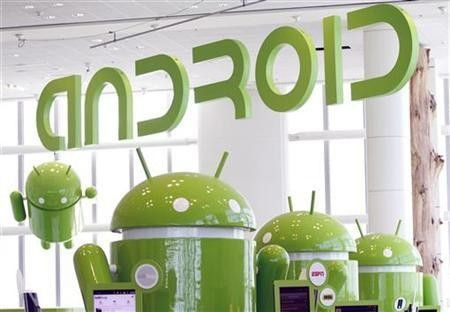Android 5.0 Lollipop vs Apple iOS 8: Google Kills with Data and Design Balance

Google announced the Android 5.0 Lollipop upgrade finally refusing to let Apple get ahead. The newest firmware boasts a new design language refusing to stay second fiddle to Apple's iOS 8. Rollout will initially be on Nexus devices. Many called out the new Android update with just the right balance between design and data promising killer delivery. Can Google live up to expectations?
Generally, many consider Apple ahead of Google in terms of design but the Android Lollipop's move to a more intuitive interface puts it head to head with iOS 8. According to Forbes, the mobile screen design of Apple always seemed like the brainchild of multiple sources. Google has managed to develop a more robust component library with the Material Design. It has finally taken the step to unify third-party and in-house applications offering a more coherent approach and experience.
Nonetheless, Google may still need to work on encouraging more and speeding up users to upgrade to its latest OS version. Apple has been successful in convincing people to switch operating systems throughout the years.
According to PC Advisor, Apple and Google both made sure they have improved the notifications feature in their respective OS. People can expect more interactive components on the two upgrades. Nonetheless, Forbes did not note that Android 5.0 Lollipop may have its advantage in terms of data. To quote, Android bears a "decisive advantage" on the amount of data it processes in relation to the content presented to users.
On testing the voice assistants and AI capabilities, today's smartphones still does not provide a breakthrough performance but Google posted impressive results based on "The Great Knowledge Box Showdown" test under Eric Enge of Stone Temple Consulting. Google Now offers more relevant results compared to Siri and Cortona.
As for productivity both mobile operating systems offer multi-tasking features with Apple taking the iOS 8 feature further by including favorite and recent contacts to the device's screen. People can also access the multi-tasking menu via the home button. Google, on other hand, bumps up its multi-taking capabilities by presenting the apps in cards in carousel. People can slide through their screen up or down if they want to open apps. They can also close the program by simply swiping left or right.
Google's Android 5.0 Lollipop experience may still vary depending on the user's choice of device. Apple offers a consistent experience with its devices although analysts agree that Android has been taking great steps in unifying its system once and for all.



















